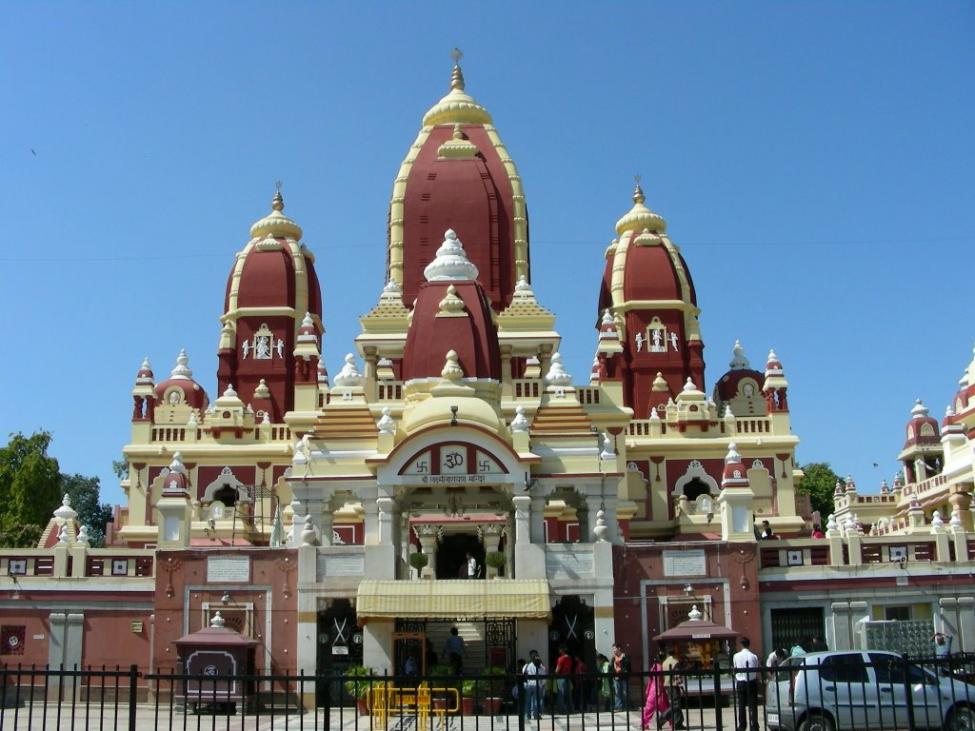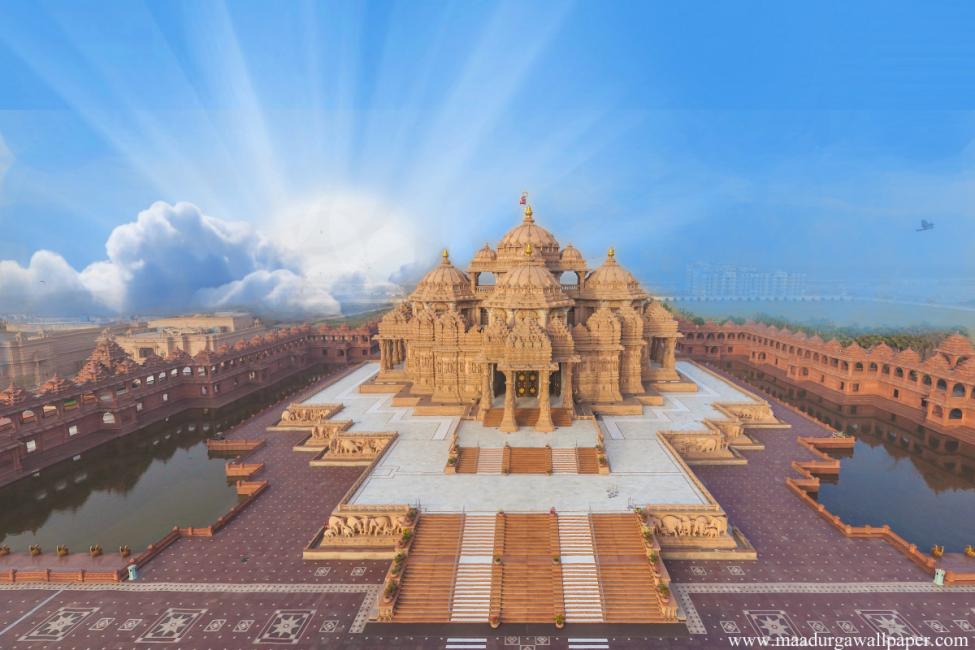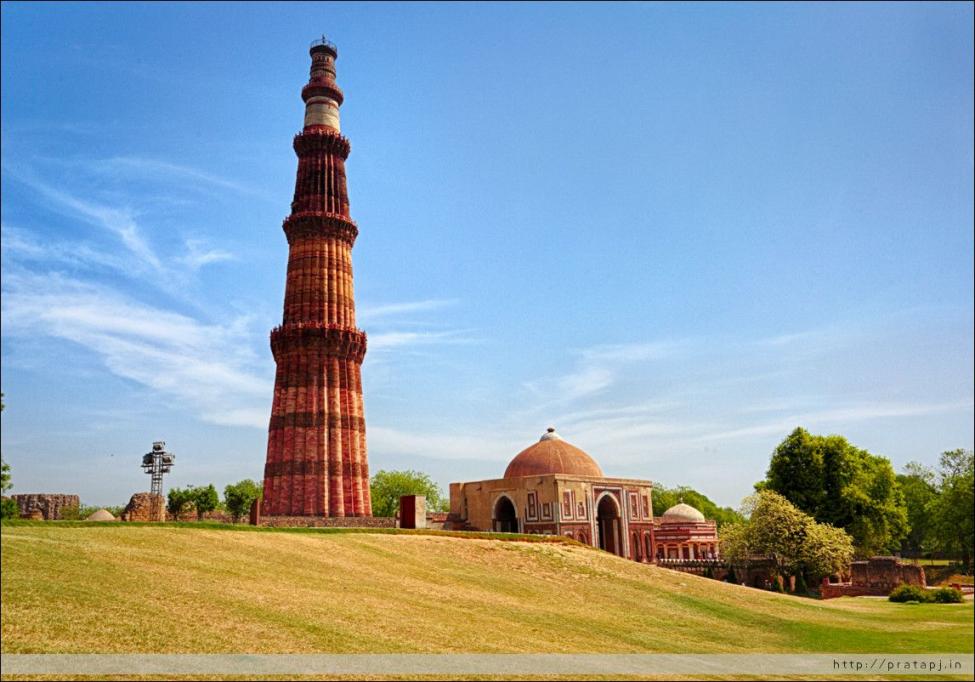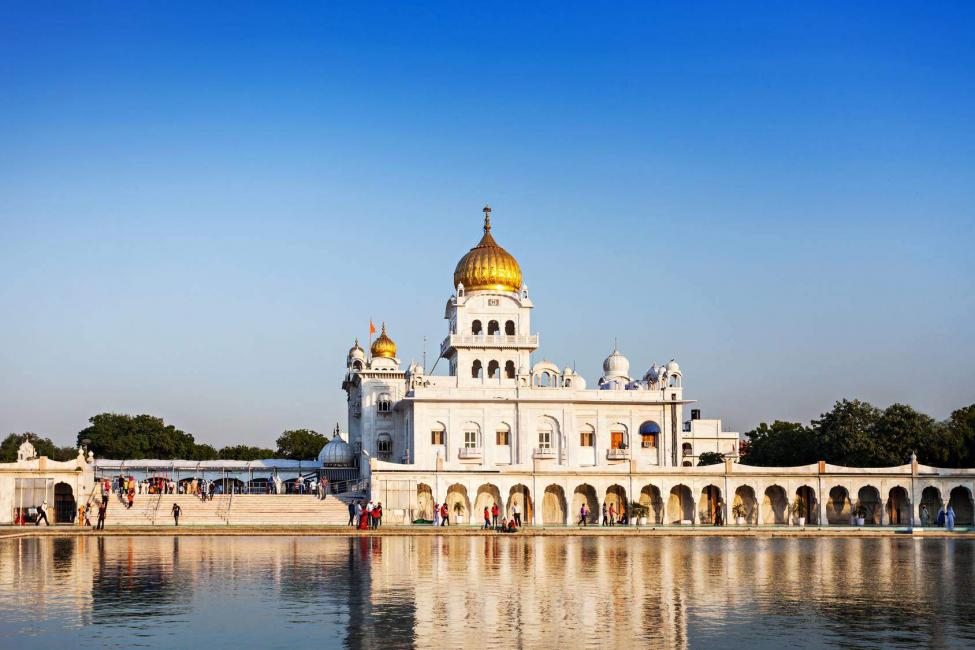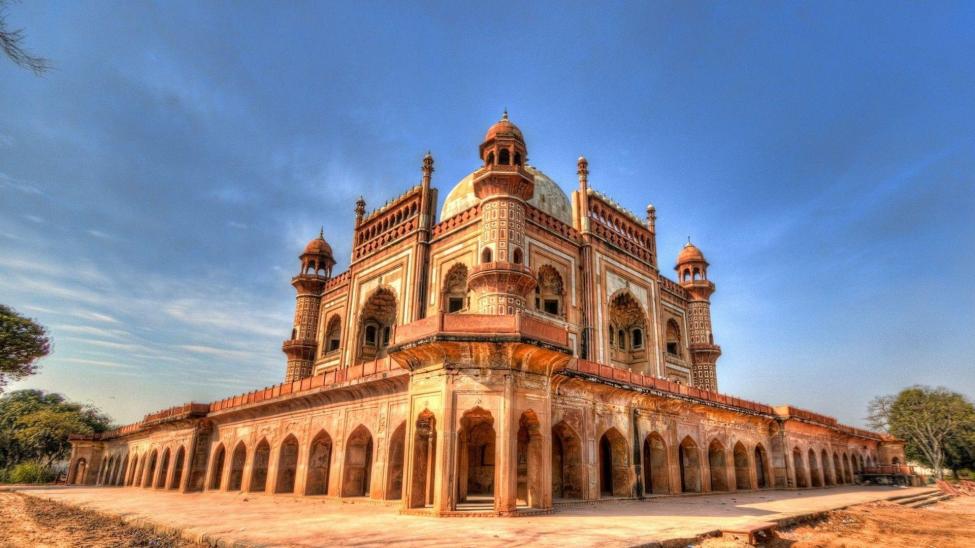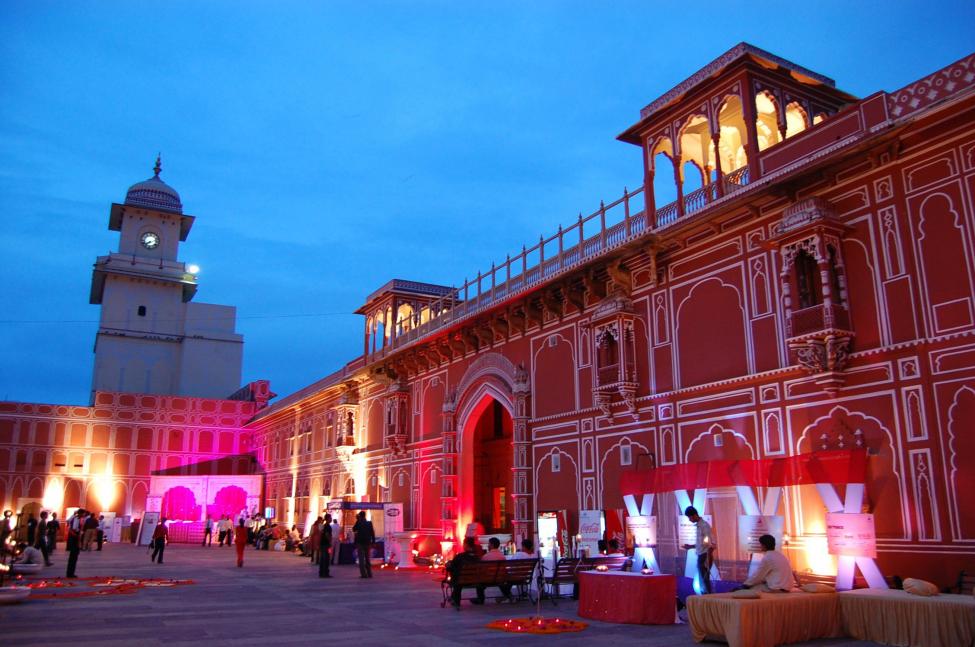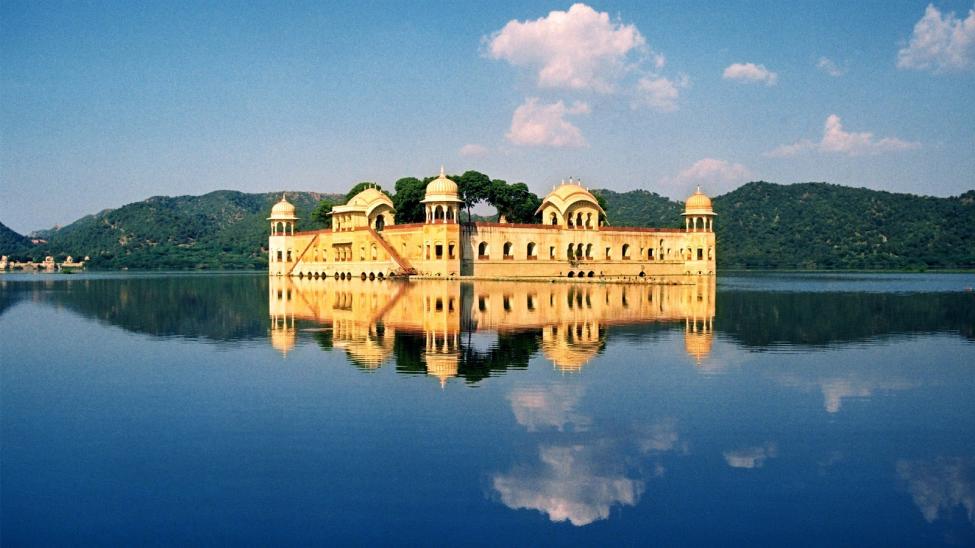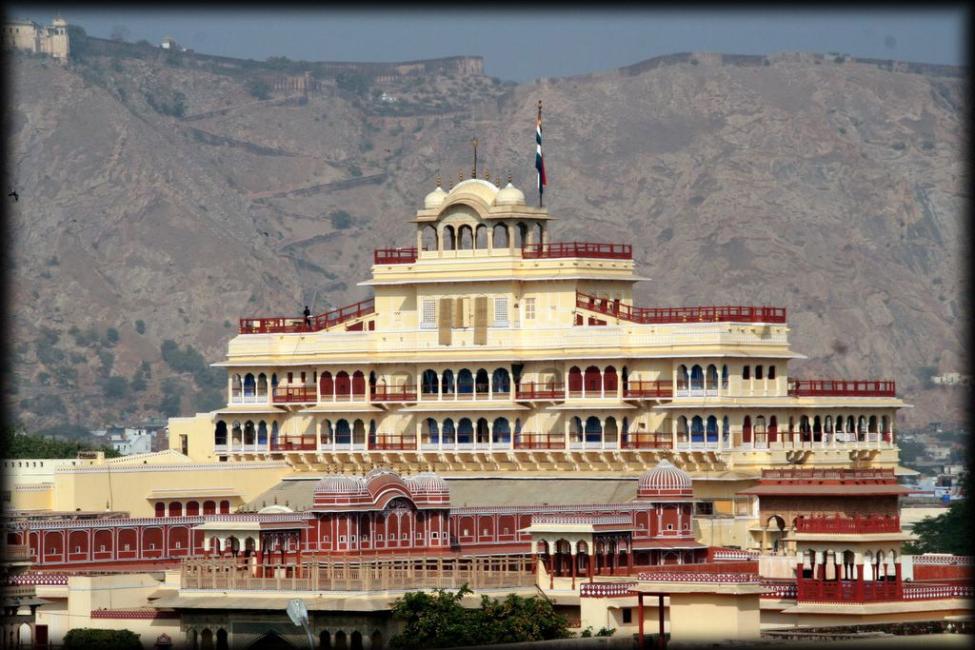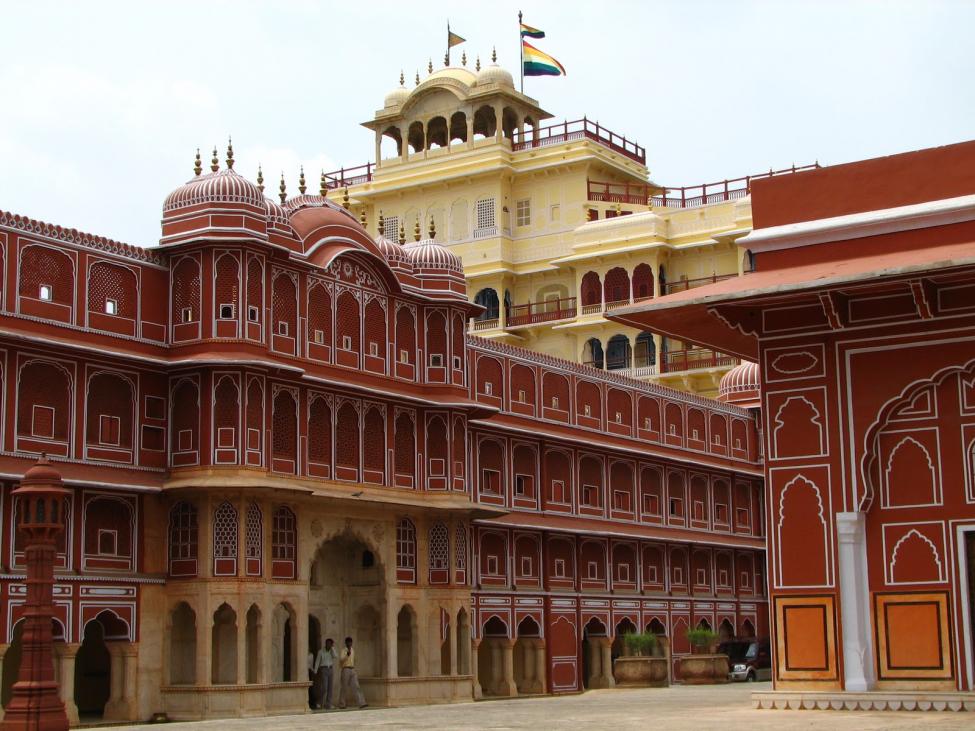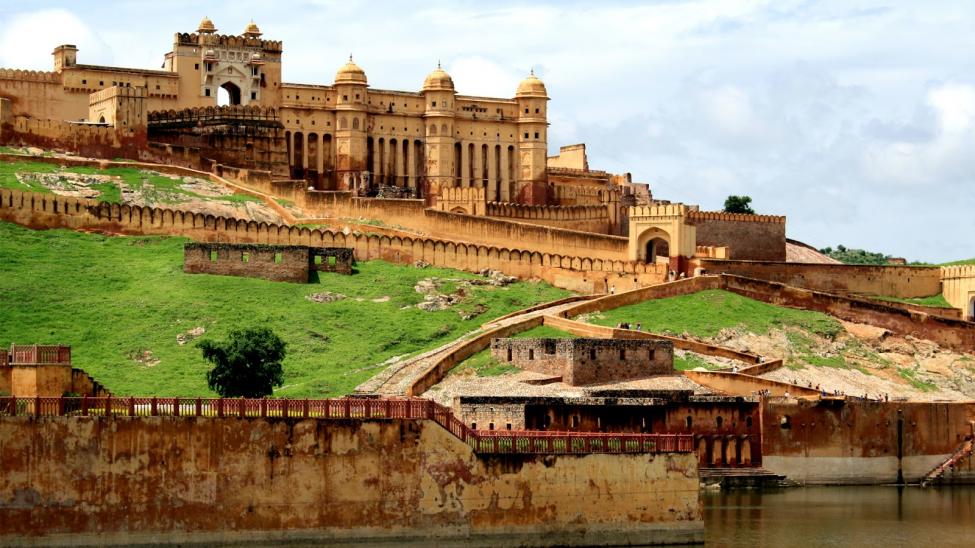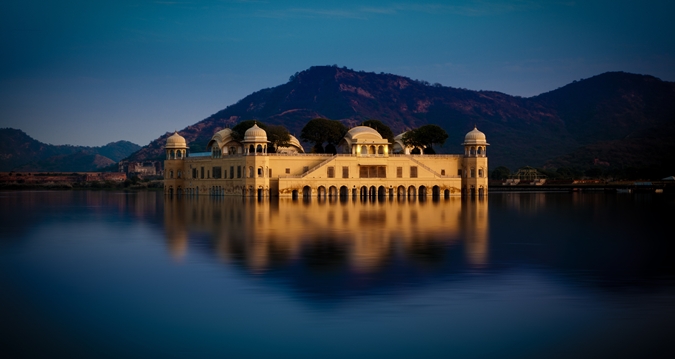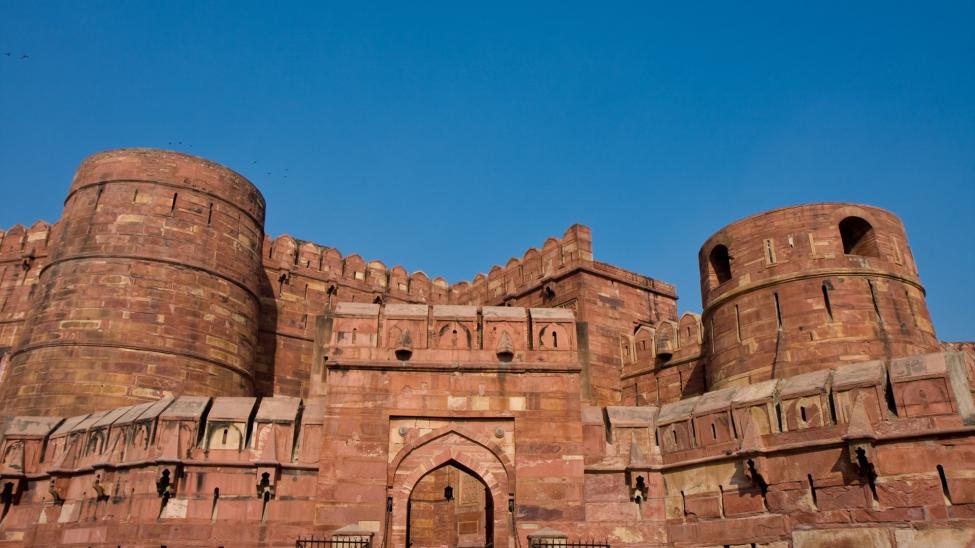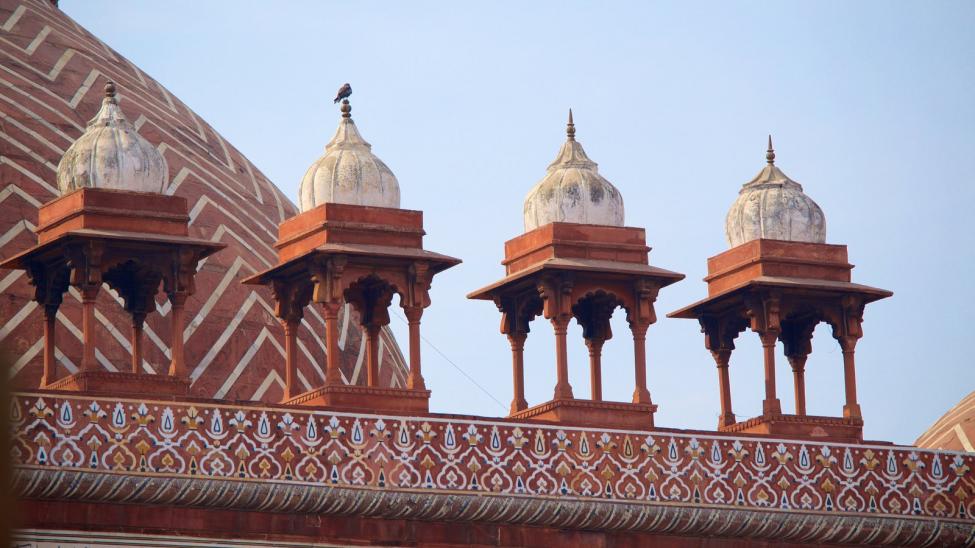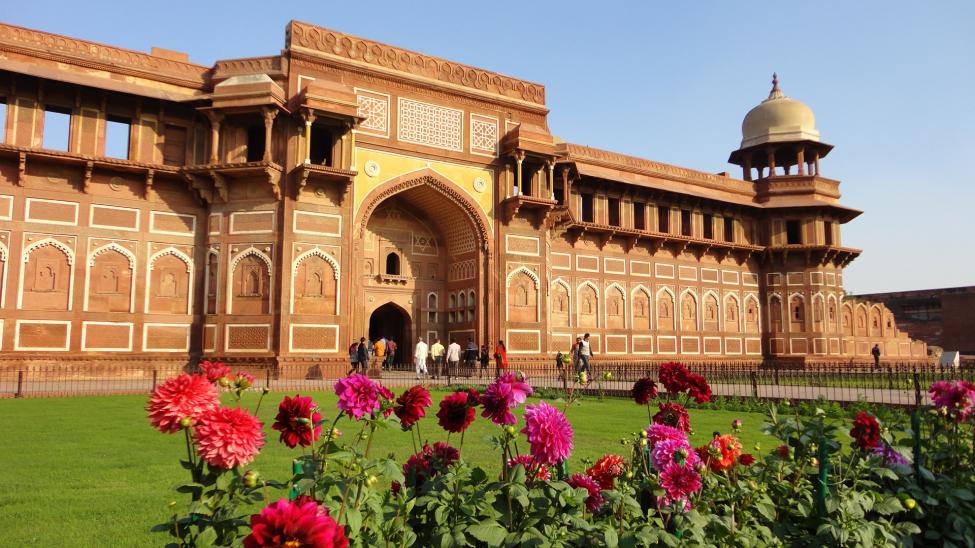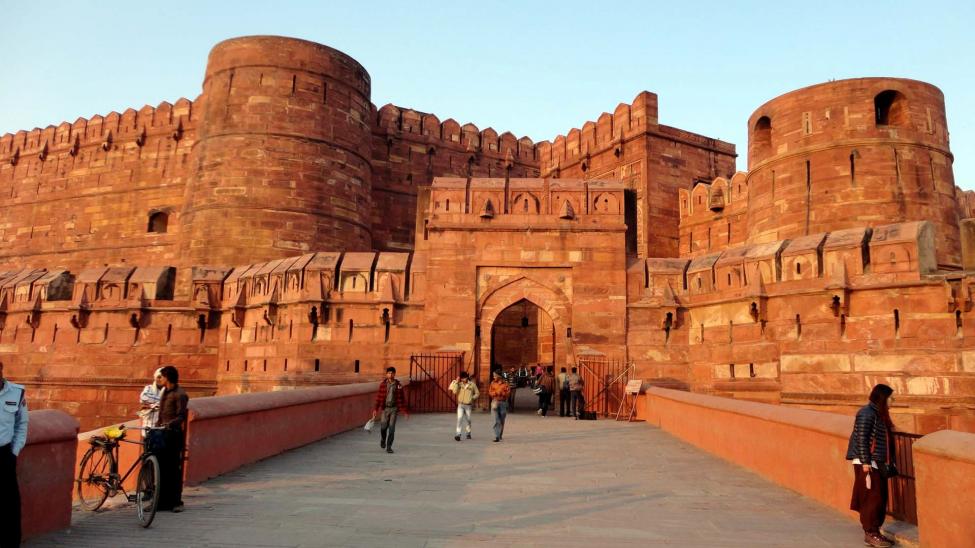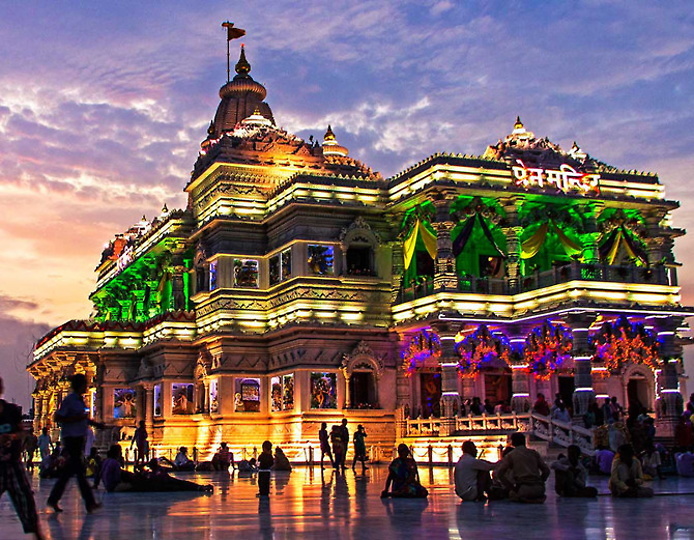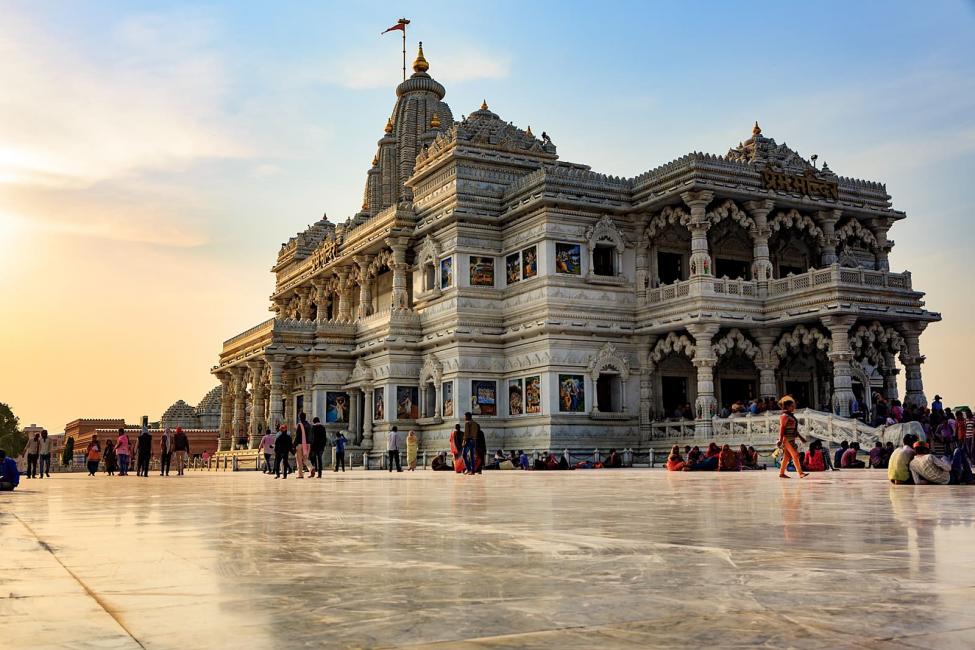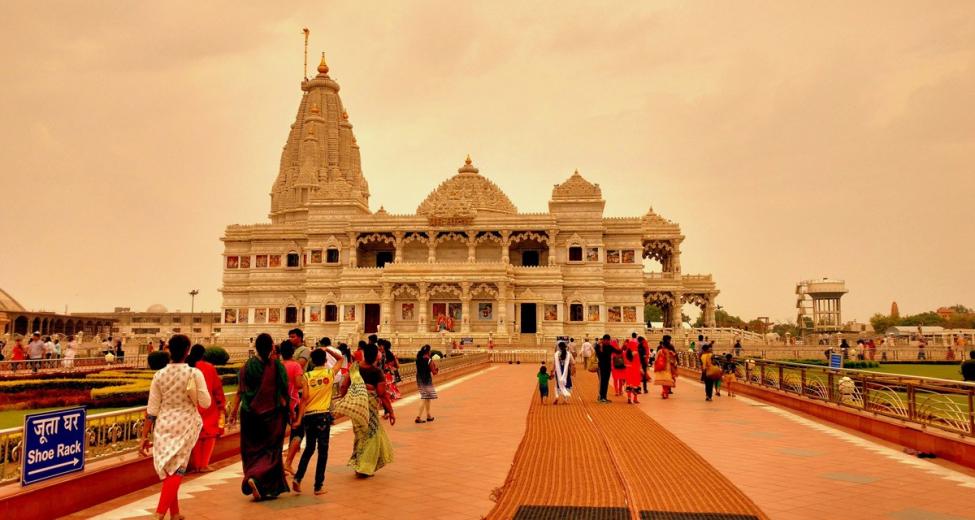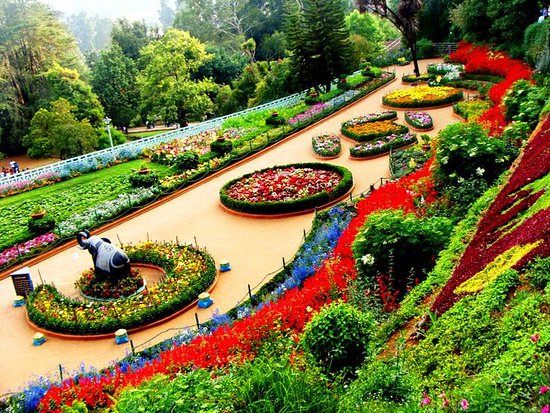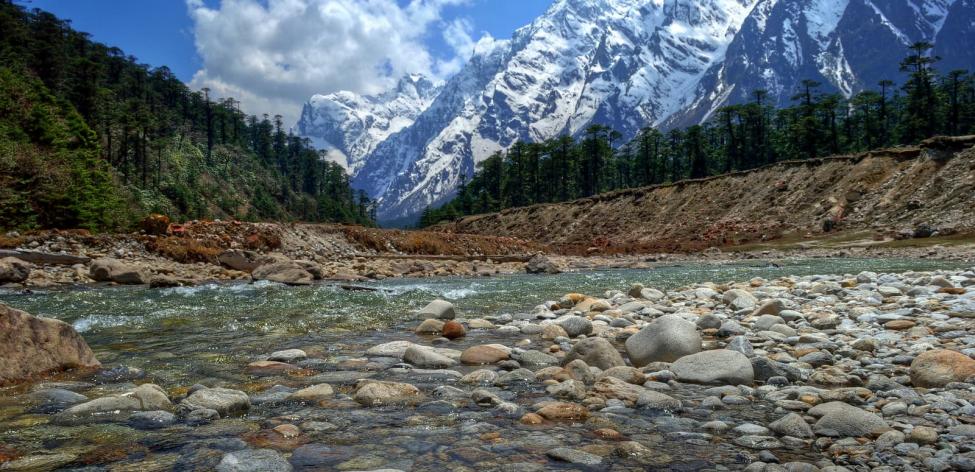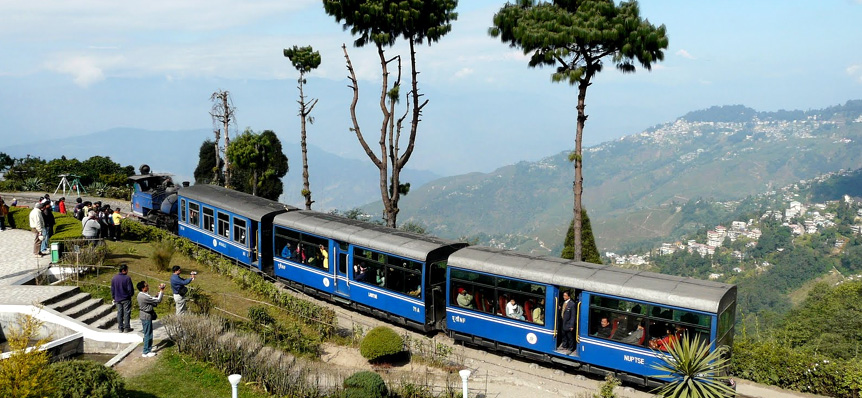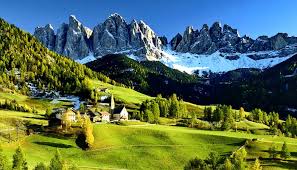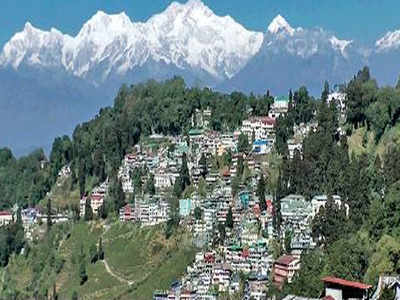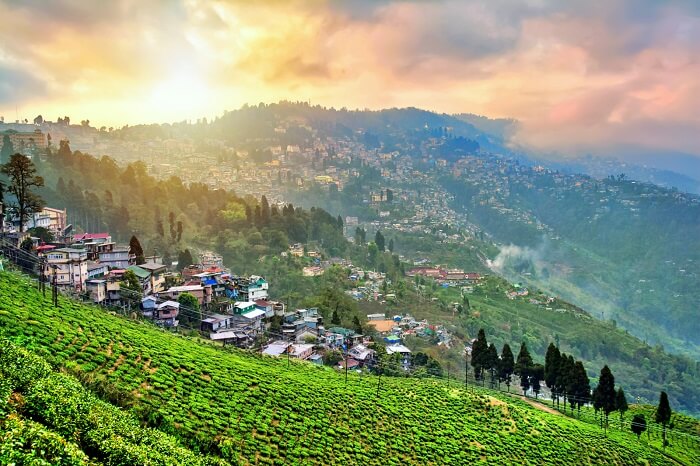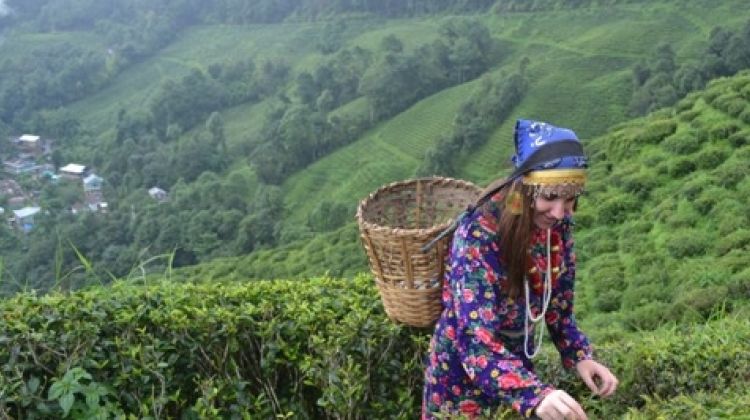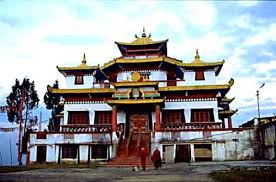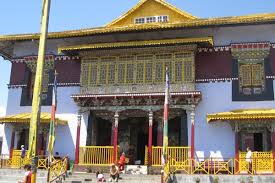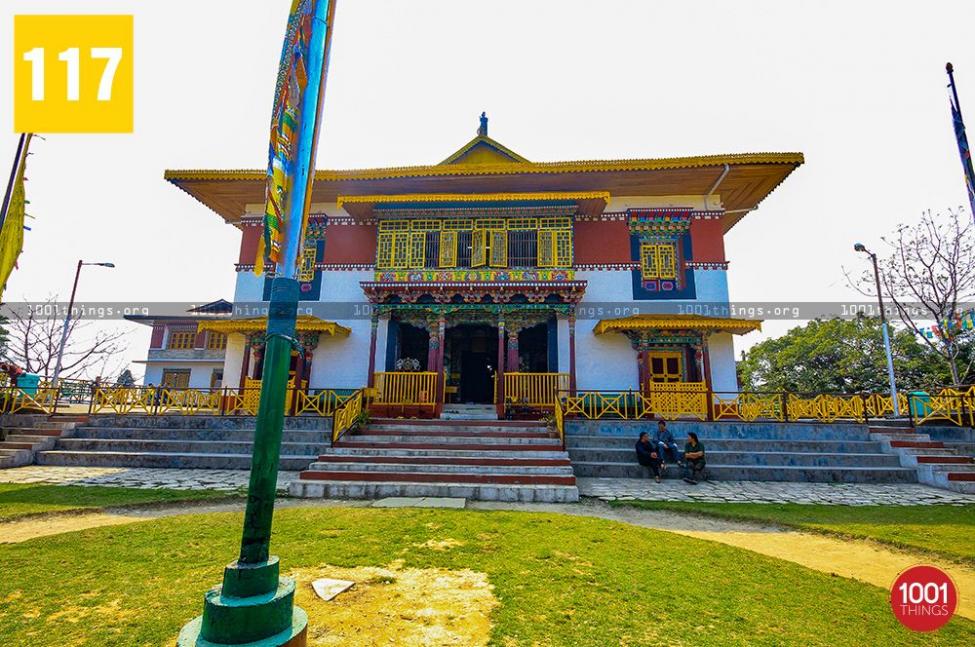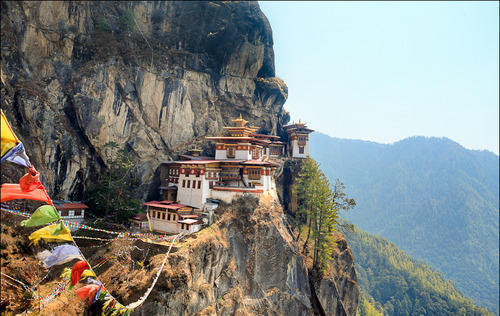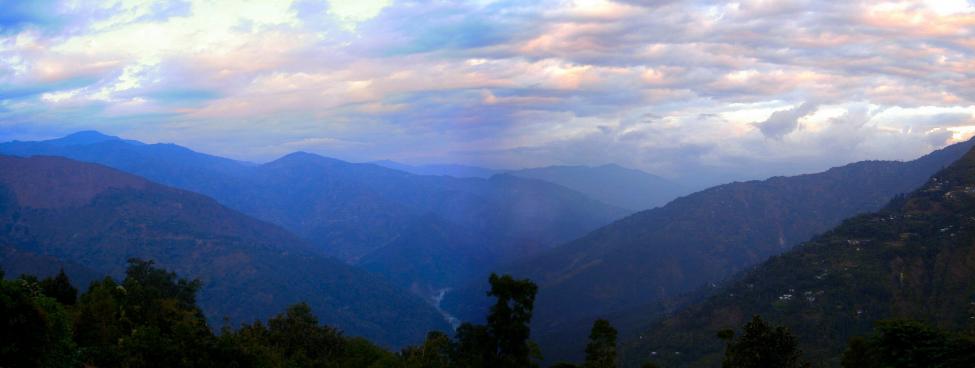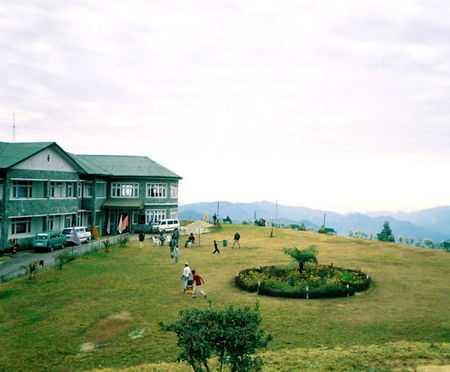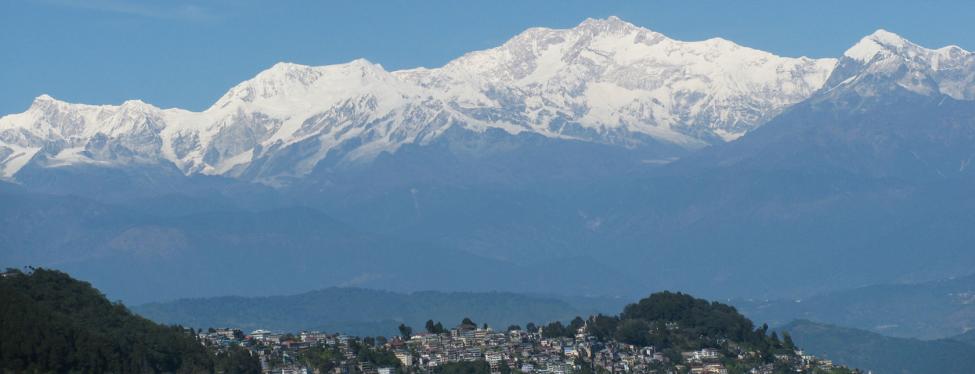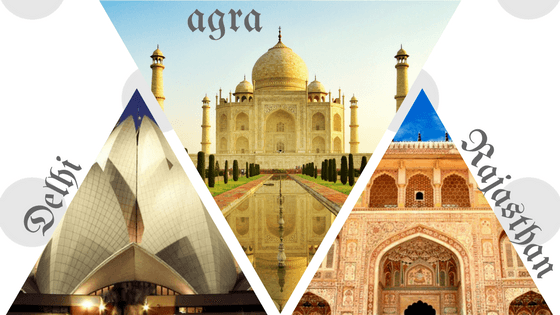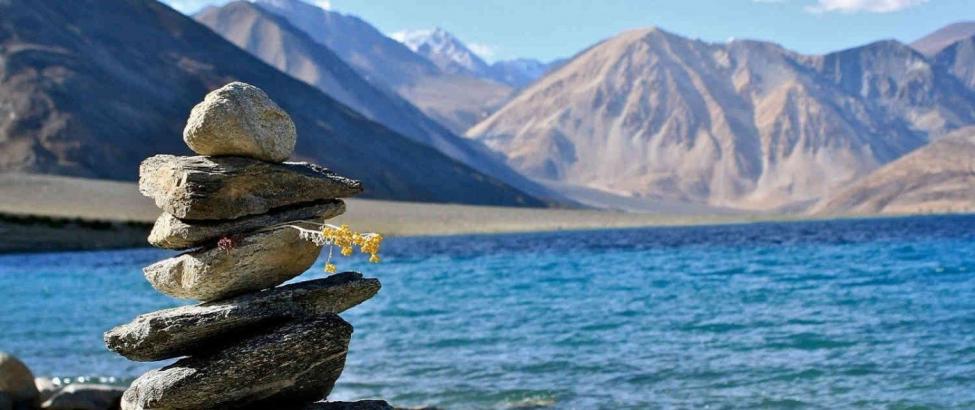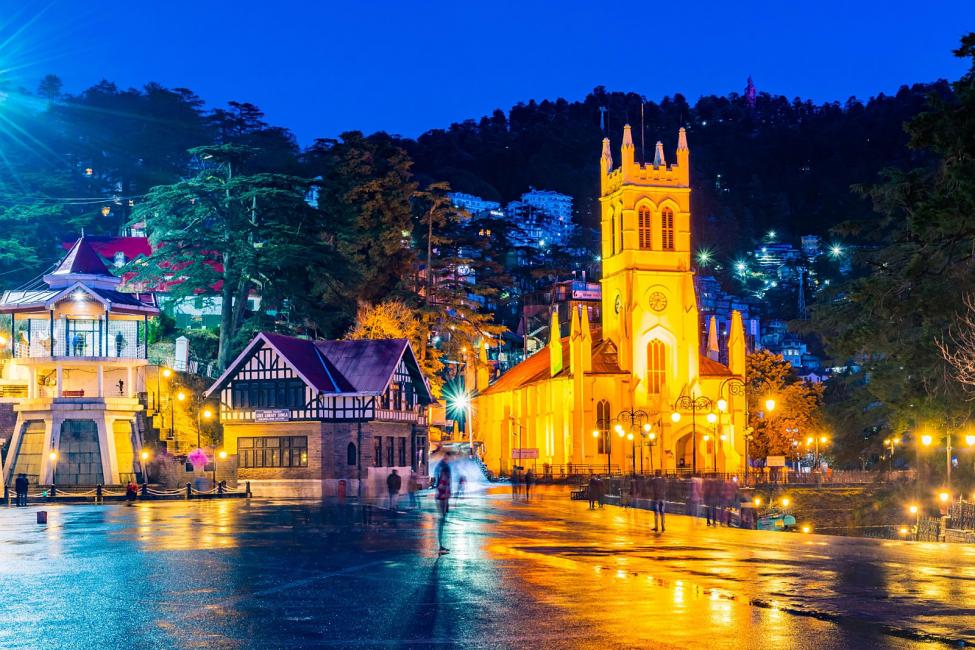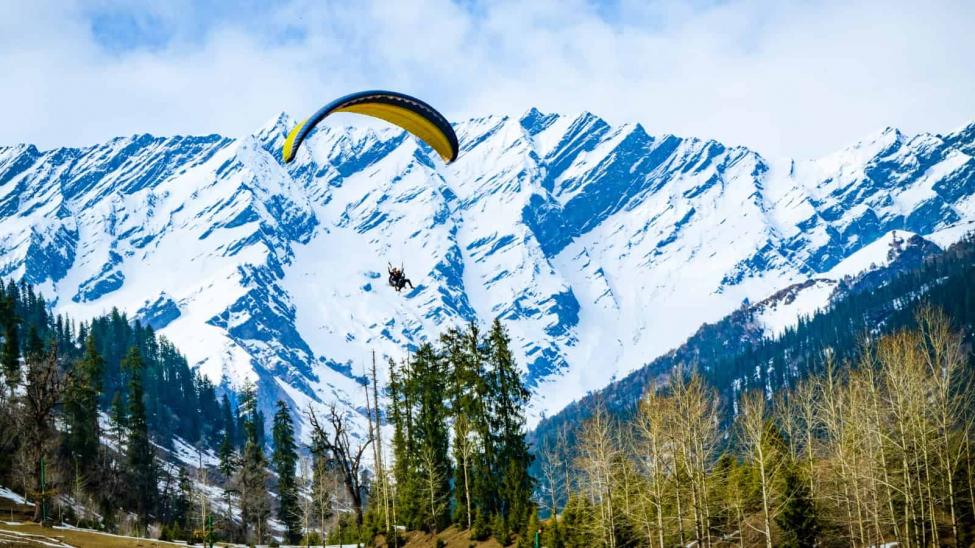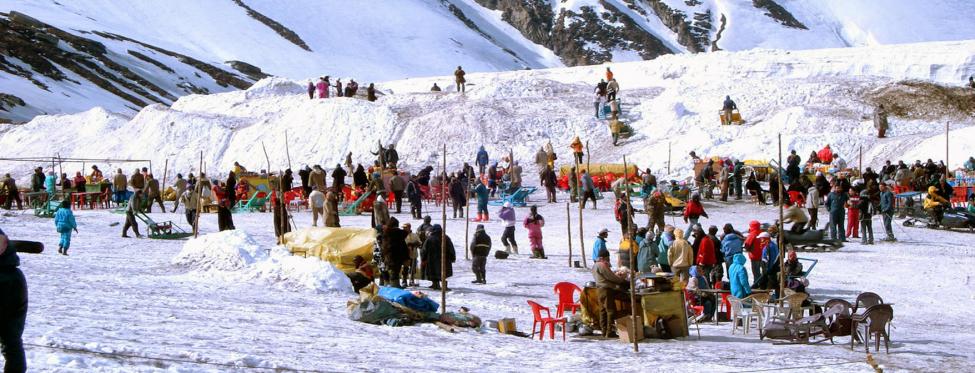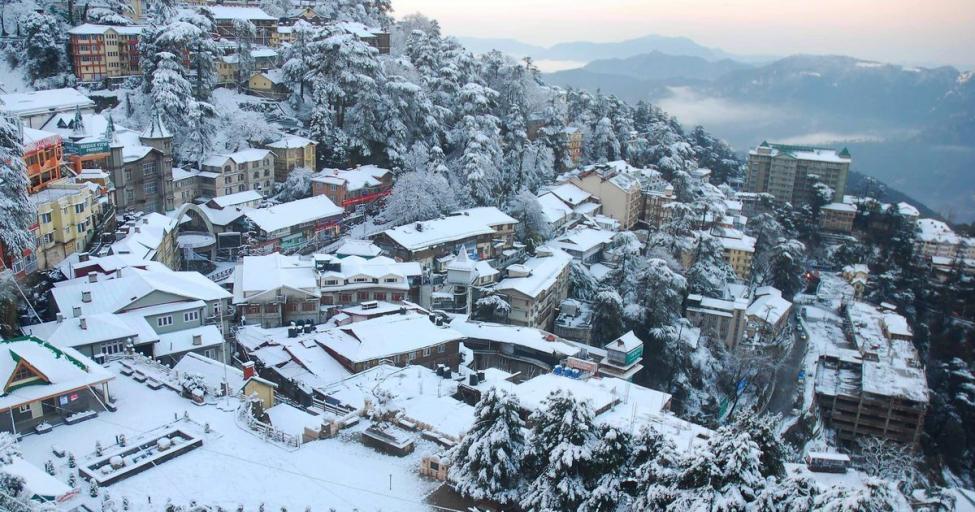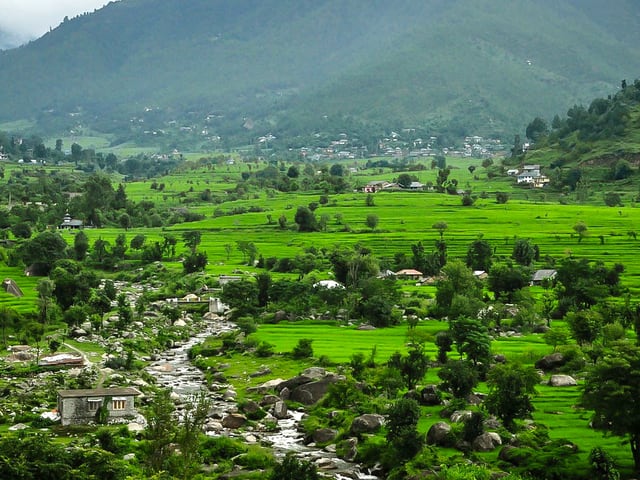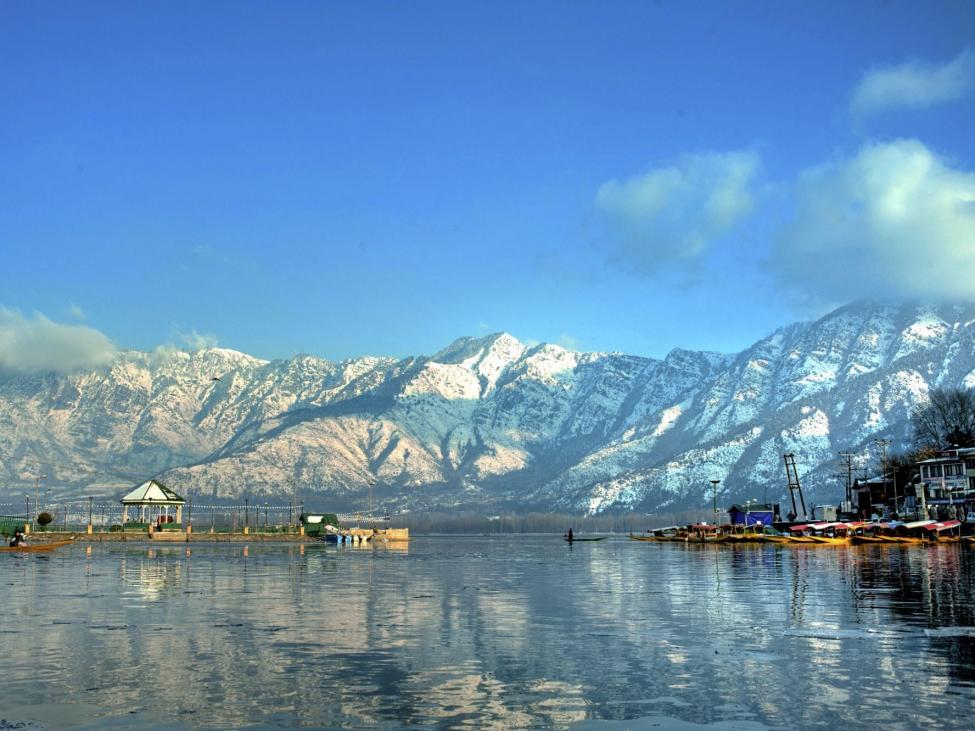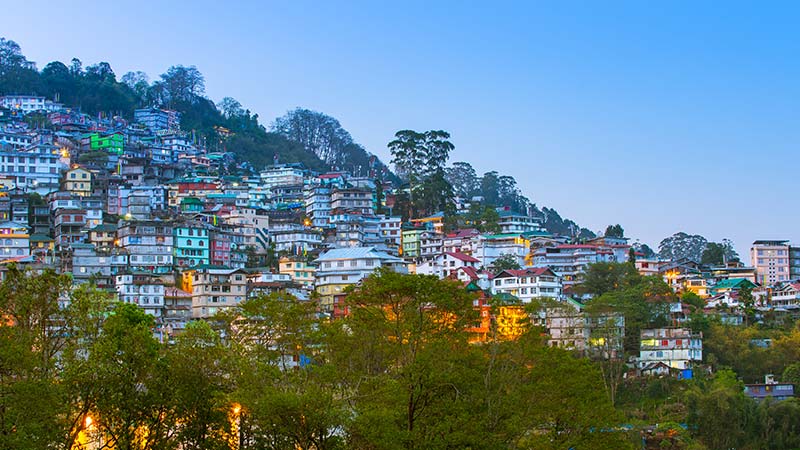
Destinations Cover
Darjeeling - Pemayangtse - Gangtok - Kalimpong - Bagdogara - Delhi
Tour Overview
offering you a complete choice of services which include Himalayan Golden Triangle Tour Package, Splendour Himalaya Tour Package, Green Dooars Tour Package, Heaven On Hills Tour Package, Himalayan Tranquillity Tour Package and Lost Of Kingdom Tour Package.
Day 1: Arrive Delhi
After Your arrival at the New Delhi International Airport our representative would assist your
way from the airport to your respective hotel for check-in.
Day 2: Delhi
Attractions: Raj Ghat, India Gate, President’s House, Akshardham Temple, Lotus Temple & Qutub Minar
Morning post breakfast your Delhi Sightseeing tour will begin with visit of Raj Ghat, a memorial to
Mahatma Gandhi. Originally it was the name of a historic ghat of
Old Delhi on the banks of Yamuna river. Followed by world
renowned India Gate, also known as All India War Memorial.
This memorial commemorates the death of 70,000 Indian
soldiers who lost their lives in the First World War and the
Afghan Wars. The first foundation of this heroic memorial was
laid on 10 th February 1921. Further enhancing the value, fervour
and brave spirit of India's martyrs, tourists from all over the
world come to visit this exquisitely designed war memorial and
experience its enigma. Next destination is the President's
House or Rashtrapati Bhawan. Initially, it was the official
residence of the Viceroy of India and has now become the official home of the President of India. Its
construction began in 1912 and was completed in 1929. The main responsibility for its architecture
was on British architect Edwin Landseer Lutyens.
Your tour will continue followed by visit of the majestic Qutub Minar, the highest tower in India.
The foundations of this minaret was laid, quite back in 1199 AD, by
the Turkic King Qutbu'd-Din Aibak. Made up of marble and red
sandstone, the Qutub Minar is included in the list of UNESCO world
heritage sites. The different sections of Qutub Minar carry varied
inscriptions written in Nagari and Parso-Arabic dialect. Next is
Lotus Temple, an important Bahá'í House of Worship.
Belonging to the Expressionist Style of architecture, the
construction of this temple was finished by 1986. The architect
Furiburz Sabha had envisioned this temple to reflect the unity of
Hinduism, Islam, Christianity and Jainism. This Lotus temple is
closed on Mondays. The bright white marble shrine is surrounded by
artistically landscaped lawns, gardens and pathways with beautifully
designed balustrades. It has nine pools with stairs and bridges.
Day 3: Delhi – Jaipur (250 km - 5 hrs)
In the morning have your breakfast, later we leave for Jaipur, the flamboyant capital of Rajasthan.
On arrival at Jaipur, our representative will meet and assist you to check-in at your hotel. In later
afternoon or early evening visit to the one of the renowned place to witness the manufacturing of
hand-knotted rugs or durries. Jaipur, the Pink City, is known for its historic majesty and it’s the
leading manufacturer of hand-knotted rugs from India known for its quality, variety of traditional,
transitional and modern designs. Jaipur produces a wide array of hand knotted, hand tufted, flat
weaves, Durries, shags and many other indoor and outdoor carpets, using only the finest materials,
including handspun wool, silk and cotton. Later return to your hotel. Overnight Hotel- Jaipur
Day 4: Jaipur
Attractions: Manufacturing of rugs, Amber Fort, City Palace, Birla Temple, Jantar Mantar (Observatory) & Hawa Mahal ( Palace of Winds), Abhaneri (Step-well)
After a sumptuous breakfast, we leave little early for Amber, the capital of the gallant Rajputs from
1037 to 1728 AD. You ride on the elephant's back (subject to
availability and operation) and reach the enrapturing Amber
Fort, perched on the hill top. After it, we then head towards the
Fort Palace. This important tourist attraction of Jaipur was built
by Raja Man Singh I.
Hundreds of tourists visit it for its enrapturing aesthetic
ambience. After it, we head towards the City Palace, a perfect
blend of Rajasthani and Mughal architecture. The centre of the
palace is a seven-storied building called Chandra Palace, with
breathtakingly beautiful views over the gardens and the Jaipur
city. It also includes the Govind Dev Ji temple within its complex, thereby being of religious
significance. Jantar Mantar (Solar Observatory) is our next destination. This astronomical
treasure house was built by the Rajupt King Sawai Jal Singh. This largest observatory ever built, is
known for solar devices that give accurate predictions till date. Now we head towards the Hawa
Mahal (Palace of Winds).
It is a five-storied structure, built of red and pink sandstone. It was built in the year 1799 so that
veiled royal women could peer down the busy street market, unseen by the world, through its 593
stone Jharokas (mini windows). And at the end of the Jaipur sightseeing, we will visit the Birla
Temple, which is located at the foot of the Moti Dungri Fort. Dedicated to Lord Vishnu, this temple
was built in 1988. It is also known as Laxmi Narayan Temple. Overnight Hotel- Jaipur
Day 5: Jaipur – Abhaneri - Fatehpur Sikri - Agra (260 km - 6 hrs)
After early breakfast we leave for Agra. En route, we visit Abhaneri and Fatehpur Sikri.
Abhaneri - Abhaneri is a village in the Dausa district of
Rajasthan state in India. It is situated at a distance of 95 km
from Jaipur, on the Jaipur-Agra road. The place is popular for the
Chand Baori step well and Harshat Mata Temple.
Fatehpur Sikri, a masterpiece in sandstone with the stunning
elegance of its palaces and courts. It is believed to be one of the
first carefully planned cities of the Mughals. It was built by
Emperor Akbar in the 16 th century AD. Its name basically means
the 'City of Victory.'After it, we proceed towards Agra, situated in the state of Uttar Pradesh. Upon arrival, we help you
to check-in at your respective hotel at Agra. Agra, the erstwhile capital of great Mughals, is known
for the world renowned Taj Mahal. The city continues to lure tourists with its enrapturing
architectural marvels. It has always fascinated Indians and foreigners alike. Most of Agra is on the
West bank of River Yamuna, with the Agra Fort and Taj Mahal at its nucleus. Taj Mahal is quite
simply one of the mankind's most remarkable creations. Overnight Hotel- Agra
Day 6: Agra
Attractions: Taj Mahal, Agra Fort, Itmad-ud-Daulah Tomb, Sikandara (Akbar's Tomb) & Fatehpur Sikri (en route), Visit to manufacturing of marble artwork
After an early breakfast, we drive at 0800 hrs , to visit the
incredible architectural excellence of Taj Mahal (Closed on
Friday). This exquisite mausoleum was built by Emperor Shah
Jahan in memory of his beloved wife Mumtaz Mahal.
Continuing with our exploration of the city, we head towards the
Agra Fort. It was built principally as a military establishment by
the Mughal Emperor Akbar the Great in 1565. The red sandstone
of Agra Fort was partially converted into a palace during Shah
Jahan's time. This massive Fort is 2.5 km long and is considered
as the predecessor of the Delhi Red Fort. Later visit to Tomb of
I'timÄd-ud-Daulah, a Mughal mausoleum in the city of Agra in
the Indian state of Uttar Pradesh. Often described as a "jewel
box", sometimes called the "Baby Taj", the tomb of I'timÄd-ud-Daulah is often regarded as a draft
of the Taj Mahal.
Agra also known for its marvellous marble arts and works. We shall next visit to a place to witness
the manufacturing of marble arts. Today, Indian marble inlay craft or Parchin kari is one of the
most attractive and popular forms of art on the subcontinent. Techniques have remained virtually
unchanged and to this day everything is created exclusively by hand. You can witness here the
handwork of master craftsmen working on various artworks and designs. You can carry some
artwork back to your country as a memorable gift for yourself and your dear ones. Overnight
Hotel- Agra
Day 7: Agra –Mathura &; Vrindavan - Delhi (220 km- 5 hrs) departure
Attractions: Shri Krishna Janmabhumi Temple & ISKCON Temple
After an early breakfast, we visit Sikandara where the tomb of Akbar is located. Sikandra is the
mausoleum of Akbar. Akbar himself started construction of this beautiful monument. This structure
has a perfect blending of Hindu, Christian, Islamic, Buddhist, Jain themes. Sikandra is named after
Sikandar lodi, the Delhi ruler who was in power from 1488 to 1517. Then we swiftly, head towards
Mathura (Shri Krishna Janmabhumi Temple) and Vrindavan (ISKCON Temple) (Temples
are closed between 1200–1600 hrs). These temples are related with birth and childhood of Lord
Krishna. Later drive back to Delhi, upon arrival in Delhi check-in to the hotel. Overnight Hotel-
Agra
Day 8: Delhi – Bagdogara (By flight) – Darjeeling (100 km-3 hrs)
Morning transfer to airport to board the flight for Bagdogara, upon arrival in Bagdogara airport
assistance & transfer to Darjeeling through winding road &
lush green tea garden on the rolling hill slope. Upon arrival
assistance & check-in hotel Overnight Hotel- Darjeeling
(B,L,D)
Day 9: Darjeeling
Attractions: Tiger Hill, Ghoom Monastery, Toy Train, Tibetan Refugee Camp, Museum, Botanical Garden & Tea Gardens
Located at an altitude of 7000 ft., Darjeeling, one of the
most reputed hill station in the Indian Subcontinent, is
nested in the towering snow-capped mountain ranges,
dominated by the almighty Kanchenjunga (Alt. 8598m).Early morning before breakfast visit to Tiger Hill (Alt 8500m) to view sunrise. Then we return to
our hotel en route visiting the Ghoom Monastery, the most famous one of the area, built in 1875.
Next is a Toy Train ride from Ghoom to Darjeeling. (Subject to operational) Breakfast at hotel.
Morning visit to the Himalayan Mountaineering Institute, the Tibetan Refugee Camp &
Market. Lunch is suggested at the hotel. Afternoon visit to Museum, Botanical Garden & Tea
Gardens within a 20 km radius. Overnight Hotel- Darjeeling (B,L,D)
Day 10: Darjeeling -Pemayangtse (65 km- 4 hrs)
Attractions: Pemayangtse monastery
Morning post breakfast drive to Pemayangtse. Pemayangtse plunges down into the hot, humid
valley of the Teesta river where broad-leafed tropical plants thrive & then rises to a 2,085 m high
ridge. Here in the 17th century, a Buddhist sage set up a hermitage which grew into Pemayangtse
Monastery. Upon arrival assistance & check-in hotel.
Later in the afternoon we will visit Pemayangtse monastery situated at a height of 6840 feet
which is the second largest monastery in Sikkim. This ancient monastery belongs to Nyingma-pa
sect & is the head of all other monasteries of this sect in Sikkim. Evening at leisure
Overnight Hotel- Pemayangtse (B,L,D)
Day 11: Pemayangtse - Gangtok (100 km- 4 hrs)
Early morning breakfast at hotel & drive to Gangtok. Gangtok is the capital of Sikkim on a ridge
overlooking the Ranipul River. Its name implies “High Hill” & the place is ever so famous for snow
clad Himalayas, Rhododendron flowers, Orchids & rare Butterfly species, the Red Panda, traditional
ethnic culture & a distinctive cuisine. On arrival we assist you to check in at our Hotel. Later in the
evening visit to Enchey Monastery, built in 1909, & is home to about 100 Nyingmapa monks.
Overnight Hotel- Gangtok (B,L,D)
Day 12: Gangtok
Attractions: Enchey Monastery, Rumtek Monastery, Namgyal Institute of Tibetology
This morning a drive of 24 km. to Rumtek Monastery, seat of the Gyalwa Karmapa, head of
Kagyupa order of Tibetan Buddhism. Afternoon tour includes
Namgyal Institute of Tibetology, promotes research of the
language & traditions of Tibet & contains one of the world’s
largest collections of books & rare manuscripts on Mahayana
Buddhism. Overnight Hotel- Gangtok (B,L,D)
Day 13: Gangtok – Kalimpong (80 km - 2 hrs)
Attractions: Thongsa Monastery (Bhutanese monastery), Tharpa Choling, Tibetan Monastery ( Lady Helena Roriech)
Early morning drive to Kalimpong, a resort town for Monasteries. On arrival assistance & check-in
hotel. Later we visit Thongsa Monastery (Bhutanese monastery) founded in 1692, Next we visit to
Tibetan Monastrey & Chorten of Lady Helena Roriech and "Crookety House" related to Lady
Helena Roriech (Opens Wed & Sat ) Pine View Cactus Nursery.Overnight Hotel-
Kalimpong (B,L,D)
Day 14: Kalimpong (70 km- 2 hrs) Bagdogara– Delhi (By flight)
Morning post breakfast drive to Bagdogra airport to board the flight for Delhi.
In Delhi we shall take you to a local Indian restaurant for a farewell dinner and after dinner you
shall be dropped at International Airport to board you flight back home.
Or, if you have next day morning flight then you can take an overnight stay as well, this will depend
on your departure flight.
Inclusions / Exclusions
Inclusions / Exclusions
The Price Includes:
- Accommodation in Rooms in Hotels Chosen by Guest (As Per Availability)
- Daily Breakfast At The Hotel
- Transportation In An Air –Conditioned Vehicle With Driver Assistance Of Our
- 01 Mineral Water Bottle Per Person per Day.
- Monks & Monkeys Surprise Departure Gift.
- All Applicable Taxes Like Fuel Charge, Parking Charge & Tall Taxes
- All Government Taxes GST 4.50 % (Till Date)
The Price Excludes:
- Domestic Flights & Airport Departure Tax From India (This Is Generally Included In Your Ticket)
- Any Meals Except Mentioned In The Column Prices Includes.
- Any Expenses Of Personal Nature Such As Tips Beverages, Laundry, Telephone Calls, Photography, Entrances And Video Fees, Etc.
- Any New Taxes / Fees Imposed By The Government


